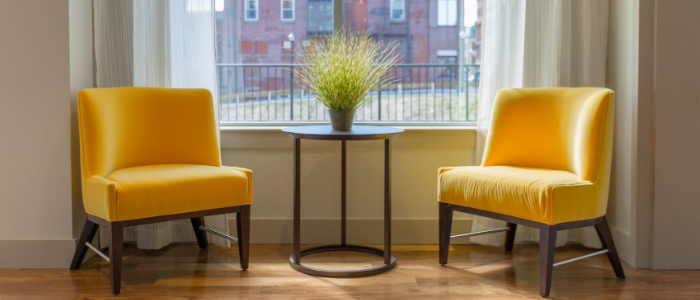The benefits of the control room technique
A hypnotherapist will have many tools and techniques to be used in therapy.
Deciding how to structure a session or programme of sessions comes from the initial consultation with the client in which the hypnotherapist uses their skill and experience to draw out information about the perceived issue and how the client will measure success. The therapist may also ask for information about family, hobbies and interests, working life etc.
Whilst all therapists will have tried and tested techniques for different issues, the therapist will also take into account information gleaned in the consultation to create a bespoke package of therapy.
One technique which is effective for a range of issues is to ask the client, in hypnosis, to imagine going into their very own control room i.e. the place where everything about them such as fears, confidence, creative ability etc. is housed.
The client is guided by the hypnotherapist to identify specific controls and to make adjustments to them, always for their own greater good. Sometimes the therapist may give direct instruction about the shape, size and type of controls to be found; other therapists encourage the client to interact, asking them to describe shape, size, colour etc and to give feedback. 
In this scenario, the client has the control and the types of equipment described may reflect their life experience e.g. someone with an engineering background may have wheels, cogs and pulleys; a young person may have gaming consoles or computer pads etc. but each client is unique.
The great thing about the control room technique is that the client takes control, can move controls around the room, link them together, update, replace or get rid of obsolete controls. The client takes control of how the control works and how it shows information such as using a dial/push button/lever etc. and in much the same way that an electrician would PAT test equipment on a regular basis then sign and date a label to that effect, the client does the same.
At the end of each visit to the control room, there is a final check that the controls are working. In subsequent sessions, the client will revisit the control room to make any further adjustments or to check on progress.
The therapist may deal with just two or three specific controls in the first session then add others in subsequent sessions in response to feedback but the client is always in control.

Find the right hypnotherapist for you
All therapists are verified professionals